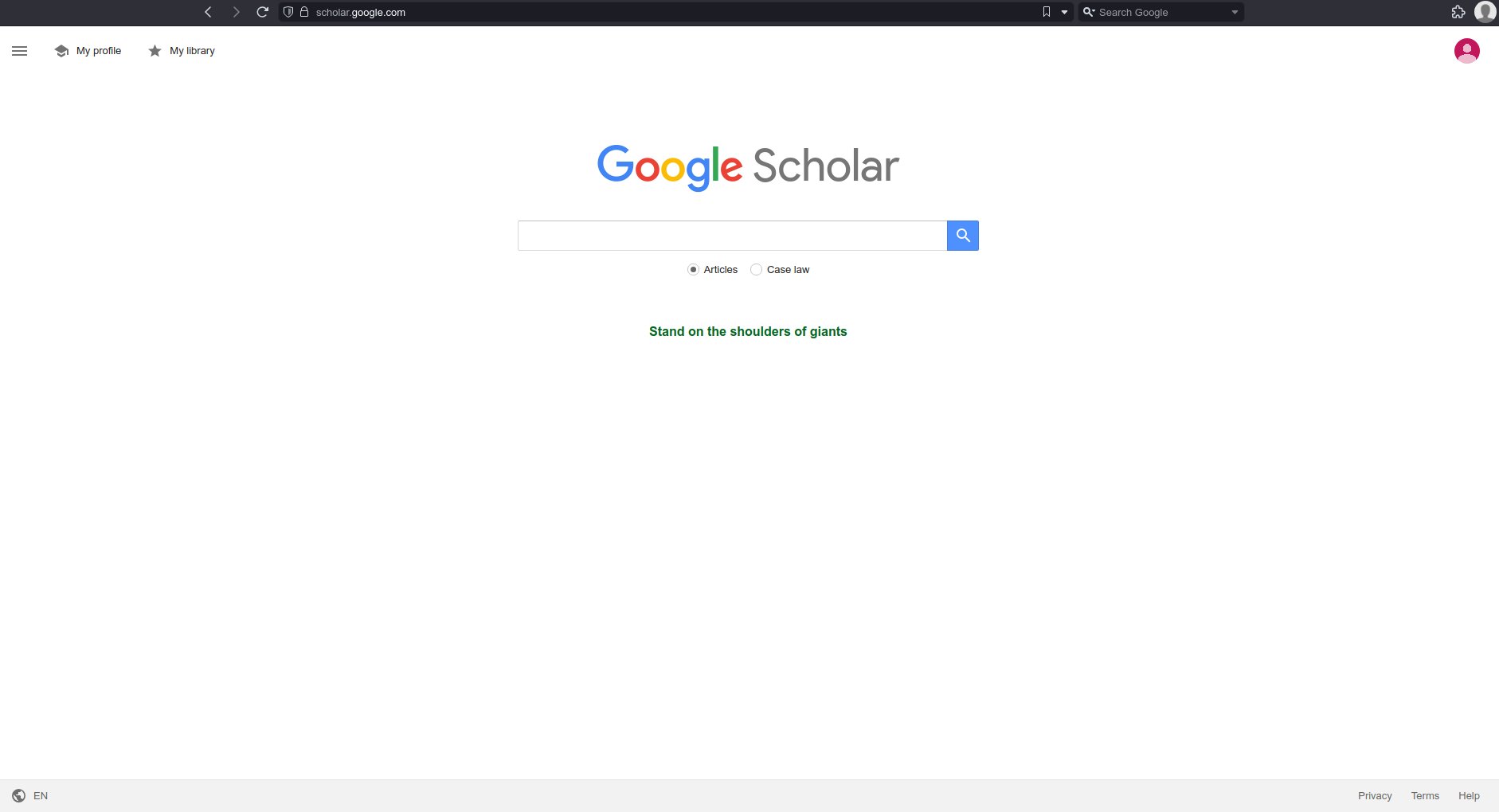Goal Four
Synthesize theory and practice within a dynamic, evolving, and diverse information environment.
Outcome 4a
Apply library and information science theories, principles, and research to professional practice.
LIS 707 tasked us with interviewing a respected leader, bridging the gap between theoretical leadership concepts and real-world application. I selected a leader I admired, developed an interview strategy, and conducted the interview. Following up, I crafted a comprehensive write-up that critically assessed the leader’s background, leadership approach, vision, and accomplishments as librarian. This analysis also evaluated the interview’s success based on my established strategy. The artifacts for this project include the interview strategy, write-up, and discussion post.
This artifact aligns with Learning Outcome 4a, focusing on the practical application of library and information science theories to professional practice. The interview strategy explored leadership concepts, including communication styles and career development. The write-up analyzed the interviewee’s responses, linking them to established leadership theories. For example, it highlighted the alignment between the interviewee’s democratic leadership style and effective communication practices, emphasizing its relevance in a library environment. The reflective discussion post connected real-world leadership insights to personal professional development goals, prompting consideration of different library systems and aspects. This project bridges theoretical concepts with practical application through interview design, analysis, and reflection, illustrating the application of library science principles for professional growth, as outlined in Outcome 4a.
Outcome 4b
Evaluate current and emerging technologies for information capture, organization, dissemination, access, and/or curation to meet the variety of information needs of diverse communities.
For LIS 758, Community Informatics, I conducted a social media inventory for two Ohio-based community organizations serving distinct demographics. The first, I Know I Can, is a non-profit that supports students in Columbus and surrounding areas with the college application process and funding. The second, The Bexley Community Foundation, serves the suburban city of Bexley. The assignment involved analyzing demographics, social media presence, and how social media shapes social capital.
This artifact directly addresses Learning Outcome 4b, it explores the role of social media platforms in shaping social capital within contrasting demographics. It analyzes the social media presence of two Ohio-based non-profit organizations, highlighting their concerns and usage based on demographic served. The Bexley Community Foundation serves the affluent suburban community of Bexley, while I Know I Can supports students in Columbus and surrounding areas. By examining their use of platforms like Facebook, Instagram, Twitter, and emerging platform TikTok, the project sheds light on how social media functions as a tool for information capture, organization, dissemination, and curation tailored to specific community needs. For The Bexley Community Foundation, social media reinforces existing social capital by serving as a community board for local events. While, I Know I Can uses a multi-platform approach to provide crucial information resources for students navigating college applications and financial aid, potentially bridging the digital divide for a community with a higher proportion of first-generation college students. Overall, this analysis demonstrates the potential of social media platforms to address the information needs of diverse communities.
Outcome 4c
Demonstrate teaching and learning principles in relation to professional practice.
In LIS 702, Facilitating User Learning and Information Needs, we were given the option to create a how-to and evaluation video for a ready reference source. I chose Google Scholar as my source because it was the most ubiquitous and a powerful tool for locating scholarly literature for free. The objective was to become familiar with its search functions, coverage, and functionalities, and ultimately being able to showcase its value as a starting point for research. The assignment consisted of two parts: a written evaluation of Google Scholar’s features and a screen capture video demonstration highlighting its functionalities and benefits for possible users. I answer the written evaluation questions in the video so I will only include that as the artifact.

Please click here to view video
This artifact, presenting Google Scholar as a ready reference source, aligns with Outcome 4c by using an instructional video to effectively teach its features and utility. By incorporating a screen capture video demonstration, this project not only shows knowledge of Google Scholar’s functionalities but also actively demonstrates the application of teaching and learning principles within the field of information science. The ubiquity of Google Scholar further highlights its versatility, showcasing its practical and professional value across various research scenarios.